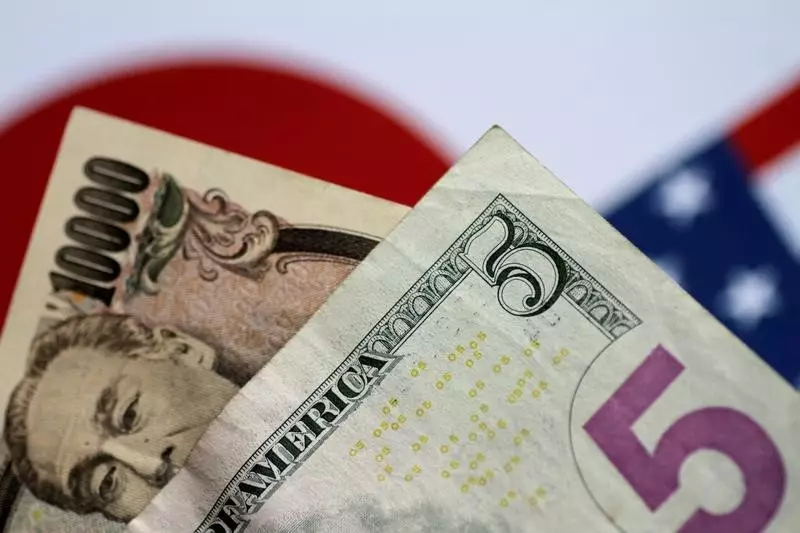The Asian currency markets are in a delicate state as they grapple with a mix of U.S. monetary policy signals and increasing geopolitical tensions. Recent developments hint at ongoing volatility, particularly influenced by the actions of the U.S. government and the resultant market reactions. Understanding these dynamics is vital for investors and stakeholders seeking to navigate this unpredictable landscape.
On Wednesday, a prevailing trend indicated that several Asian currencies were drifting lower against the backdrop of a stronger U.S. dollar. Growing expectations for a slower pace of interest rate cuts by the Federal Reserve began to solidify investor sentiments toward the greenback. The dollar’s robustness was further reinforced by better-than-expected job openings data for November, reflecting a resilient U.S. labor market. This report seemed to counterbalance concerns over inflation and provided a tantalizing glimpse into what the upcoming nonfarm payroll data for December might reveal.
A sustained high dollar index is concerning for Asian markets, as elevated U.S. interest rates imply a tightening differential for regional currencies. The impact is particularly pronounced for countries heavily reliant on exports, such as South Korea and China, where every basis point can shift investor confidence dramatically.
The ongoing deterioration of trade relations between the United States and China is another significant factor affecting the currency environment. The U.S. government recently blacklisted two prominent Chinese companies due to alleged ties with the military. This move, preceding President-elect Donald Trump’s swearing-in, signals potential escalations in trade hostilities and raises fears of looming tariffs that could further disrupt trade flows.
This geopolitical uncertainty appears to have affected the Chinese yuan, which managed to stabilize after touching its lowest level in 17 years just earlier this week. Such volatility can cause ripples not just within China but throughout the Asia-Pacific region, as investors reassess their positions amid persistent tensions.
Beyond the overarching themes of U.S. policies and geopolitical machinations, individual currencies are also feeling the heat from unique domestic situations. In South Korea, for instance, the won showed slight increases amid intertwining local political issues. The situation remains precarious, with any signs of instability at the highest levels of government likely exacerbating investor wariness.
The Japanese yen, on the other hand, managed to steady itself, largely thanks to verbal interventions from government officials cautioning against excessive currency depreciation. Officials are acutely aware of the implications of a weaker yen, which could provoke further intervention to protect economic stability. However, with the U.S. interest rates expected to remain elevated, the yen may remain under pressure unless significant changes are introduced by the Bank of Japan.
Meanwhile, Australia’s currency faced uncertainty as traders reviewed mixed signals from local inflation data. While November’s Consumer Price Index readings came in higher than expected, the underlying inflation showed minor easing. This duality presents ambiguity regarding the timing of potential rate cuts by the Reserve Bank of Australia, with predictions now leaning toward a Q2 2024 implementation.
The Asian currency markets are poised at a critical juncture, influenced by an amalgamation of U.S. monetary policy, geopolitical tensions, and regional economic conditions. Analyzing these factors reveals a complex tapestry of influences that are causing fluctuations in currency values. As the situation evolves, markets must remain agile, ready to respond to both economic data releases and geopolitical developments that could reshape expectations and lead to new trading patterns. Investors and analysts alike must stay informed and prepared to adapt strategies as the global economic conversation unfolds.

